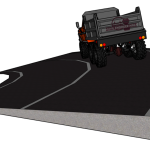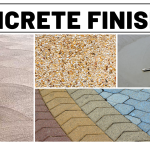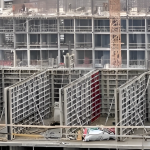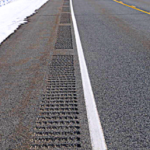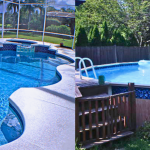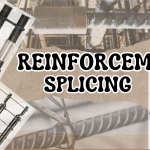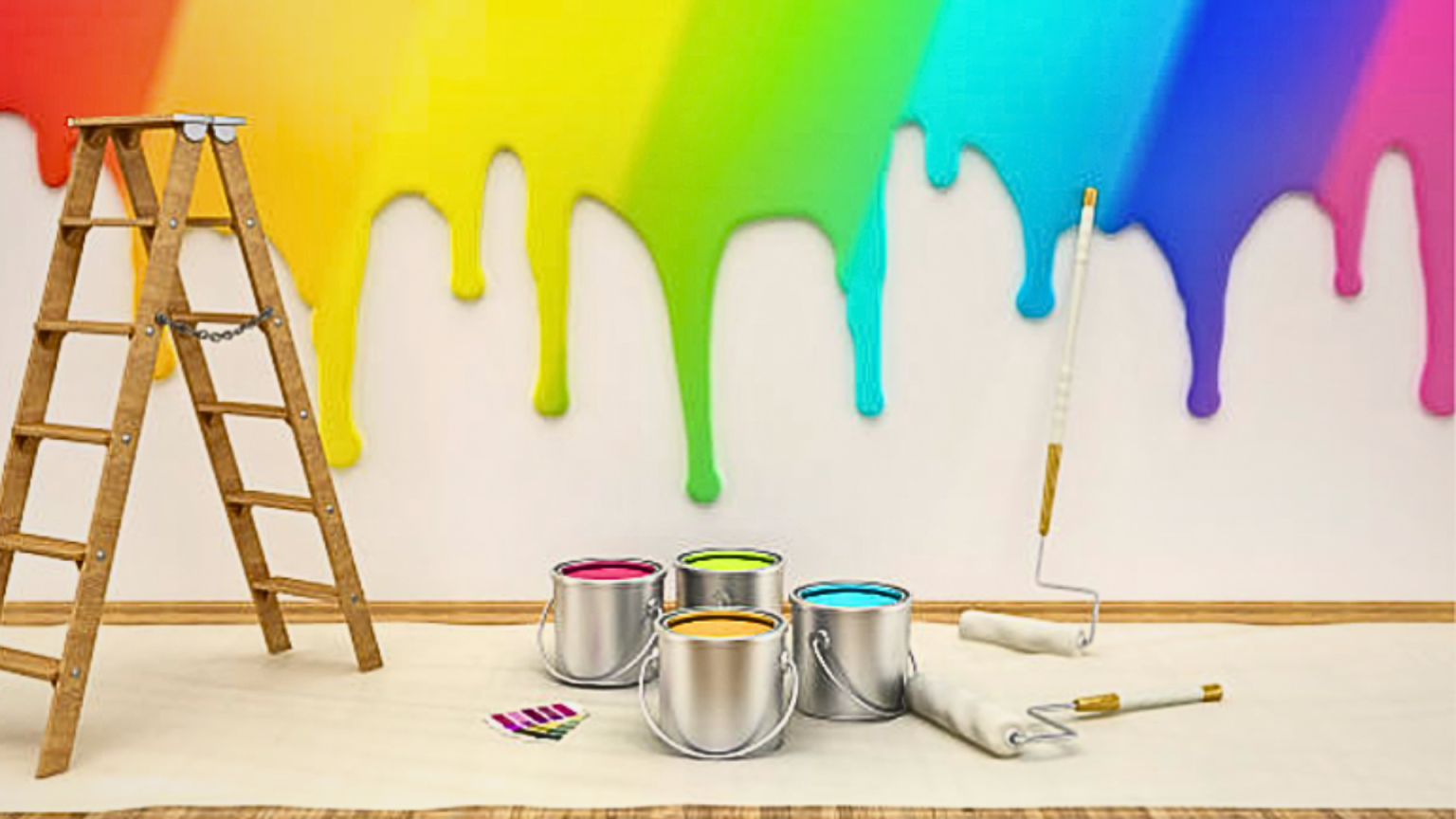
Materials in Paint work
Here’s a list of basic equipment and materials to get you started on your next painting project.
Paint is used to give polish and finalize the appearance of the building’s exterior and interior wall surfaces.
Paint- is any colored liquid, liquefiable, or solid mastic mixture that, when applied to a substrate in a thin layer, solidifies to form a film. It is most frequently used to protect, paint, or texture things.
Thinner/reducer– To dilute or prolong oil-based paint or clean up after usage, thinner is a volatile solvent.
Paint brush– Paintbrushes are used to apply paint or ink.
Roller– This equipment is perfect for painting big smooth and well-prepared walls, ceilings and furniture because it gives thin, homogeneous and even layer. As a result of its porous surface, the roller is more cost-effective than a brush since it can hold more paint and can apply an uniform coat of paint much faster.
Tape– Tape is a sticky strip of material that may be used to hold paper or other light items together. Binding or fastening material.
Patching Compound– A patching compound is used to fill up big gaps and cracks that are too large for a self-leveling smoothing compound to fix.
Concrete Neutralizer- To prevent peeling paint, concrete neutralizer eliminates acid from walls. A fresh concrete surface or after etching are typical applications. The neutralizer functions as a primer, forming a connection between the rusty metal and the newly applied paint once it has been applied.
Skim coat- Pinhole and other finishing flaws on concrete walls, columns, beams or ceilings may be covered with this revolutionary thin plastering material.
Sand Paper– Used for smoothing or polishing, strong paper covered with sand or other abrasion.
Masonry Putty– The solution, which is based on water, is designed to fill in tiny surface irregularities. Inside concrete, stucco and bricks plaster or any surface with tiny imperfections.
What Is the Composition of Paint?
Paint is made up of four main components: pigment, binder, liquid, and additives. Spray application, brush application, and electrostatic spraying are all options depending on the paint. Some other methods include dip coating, in which the product is dipped in a paint vat, and electro coating, in which a charge is applied to the object while it is dipped in a tank.
PIGMENT
BINDER
SOVENT (LIQUID)
ADDITIVES
Types of Paint
Acrylic Paint- It is a fast-drying paint that contains pigment contained in an acrylic polymer emulsion as well as plasticizers, silicon oils, defoamers, stabilizers, or metal soaps. Most acrylic paints are water-based, but once dried, they become water-resistant. Acrylic paints may be utilized on a variety of surfaces. Canvas, wood, linen, and a few more textiles fall within this category.
Acrytex Paint– It’s a waterproof, seamless, non-porous acrylic solvent coating that repels moisture and stops seepage. Excellent adhesion and long-term durability make it a popular choice for many applications. The product creates a very tight film that may be used as a moisture sealer for concrete and a stain inhibitor for wood.
Oil Paint – Primer, undercoat, and finish coat are the three layers of oil paint that are applied. Despite their durability and affordability, oil paints may attain matt and glossy surfaces. As well as being easy to apply, painted surfaces are also easy to clean. There are a lot of places where oil paint is utilized.
Enamel Paint- It is a type of paint that air-dries to a hard, glossy finish and is used to cover surfaces that are exposed to harsh weather conditions or temperature fluctuations.
Emulsion Paint- It is often water-based, with acrylic or vinyl added to make it more durable and simpler to apply to walls and ceilings.
Cement Paint– It is a water-based paint that may be used on the exterior or inside of a building, including brickwork or concrete. It is used for painting the outside wall surface, primarily to prevent water penetration and dirt accumulation. It may be used to cover concrete as well as to decorate interior and outdoor walls.
Bituminous Paint- Weatherproofing and corrosion protection is provided by bituminous paint. Wood, concrete, and potable water tanks all benefit from it.
Aluminum Paint- is a solvent-based paint that contains aluminum flake. It is a protective metallic finish that is applied to properly prepared metal surfaces such as storage tanks, roofs, and pipes.
Anti- Corrosive Paint- is black in color and is both durable and inexpensive. It is commonly used on metallic surfaces and pipelines.
Synthetic Rubber Paint- A synthetic resin-based paint that can incorporate pigments, this paint is created by dissolving synthetic resins. Chemical resistance, quick drying, and weather resistance are its major features. Generally speaking, synthetic rubber paint is used to paint concrete surfaces, even freshly poured concrete.
Cellulose Paint – made from celluloid sheets, amyl acetate, and photographic films is called cellulose paint. Once the paint has dried, the adhesion can be enhanced by applying castor oil. Water, smoke, and acids are all resistant to this sort of paint because of its rapid drying, smooth surface, and hardness. For example, in vehicles and airplanes, celluloid paint is widely utilized.
Plastic Paint- As the name suggests, plastic painting is an oil-based paint that gives off a plastic-like appearance and feel to the surface. Water is used as a thinner in this paint, which comes in a variety of hues. On account of its glossy surface (also known as a “soft shine”).
HOW TO PAINT CONCRETE
1. Patch gouged or otherwise damaged areas with concrete filler.
2. Clean the concrete surface with TSP.
3. Let the surface dry thoroughly before you begin to paint the concrete.
4. Brush paint onto the perimeter of the concrete.
5. Roll on more paint to cover the interior.
6. Scrape or sand surface imperfections.
7. Apply a second and final coat of paint to the concrete.
HOW TO PAINT WOOD
1. Cover Your Work Surface. Drape plastic sheeting over the floor or other work surface to protect it from paint spills.
2. Clean the Wood Surfaces.
3. Sand the Flat Areas.
4. Sand the Corners and Details.
5. Clean Off the Dust.
6. Prime the Wood.
7. Apply Primer With a Roller (optional) .
8. Sand the Primer.
9. Paint the wood with a brush.
10. Paint the wood with a roller ( optional).
11. Sand the first coat.
12. Apply a second coat of paint

